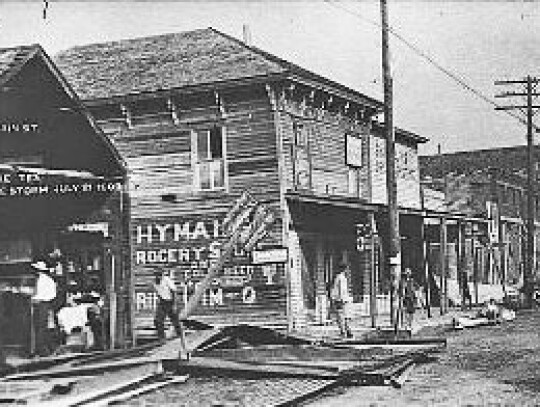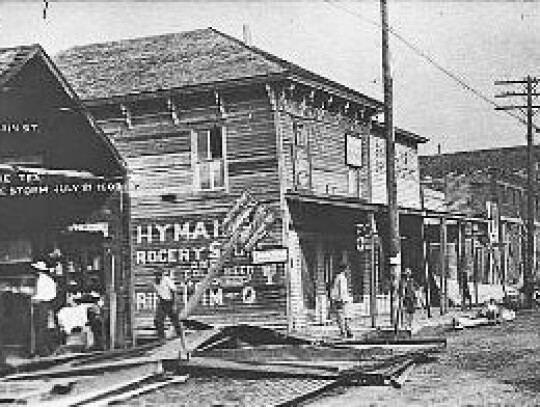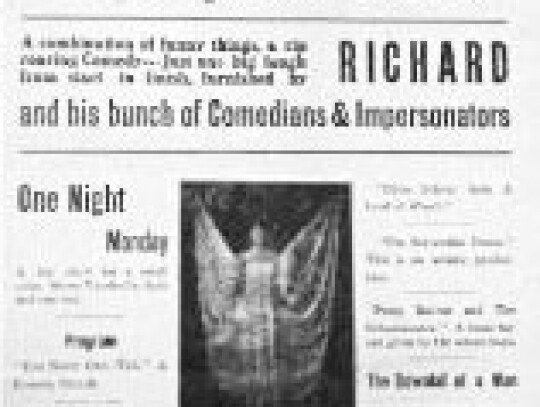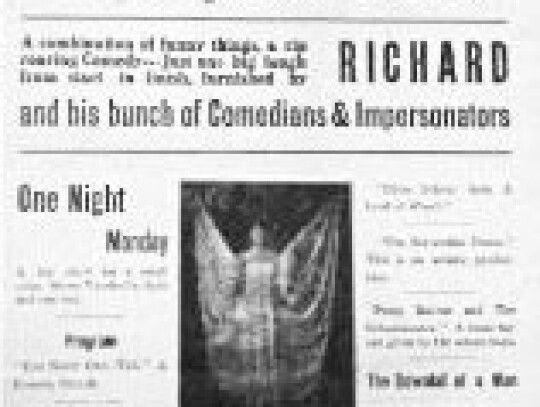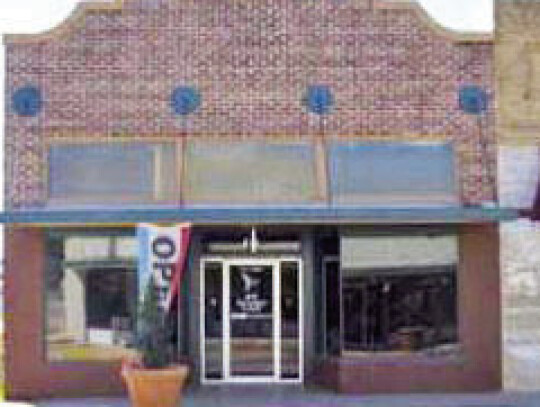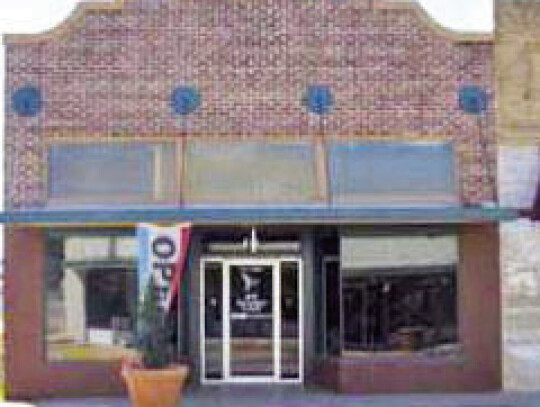Eagle Lake Remembers
Colorado County is pleased to celebrate its beautifully restored Stafford Opera House along with its 200-year celebration activity. Built in 1886 with bricks from the Quinn Walker ranch near Eagle Lake, cattleman R.E. Stafford, designated the Opera House for the second floor of the impressive brick building with businesses on the first, as was the custom.
The same year, in 1886, Eagle Lake’s Main Street was also bustling with excitement with its second Opera House under construction. It was also an attractive two-story building made from locally fired red bricks from the Walker place. The citizens were anxious for a beautiful building for diversion and entertainment.
Although Eagle Lake’s first Opera House began in 1865, a new Opera House being built in 1886 was a dream come true. Its location was at 101 Main Street above what many remember as the Struss Store. At Main and McCarty streets the Opera House was near the railroad station, the city park square, and was central to business activity.
Its location was a perfect train-stop for traveling troupes of actors and performers. They made brief stops in small towns along the railroads to provide local performances and entertainment. The trains were met by excited citizens anxious for new cultural activity.
Just down the street at the site of today’s B and S Taxidermy was the original Opera House in Eagle Lake built around 1865, when Eagle Lake was a f ledgl ing town as the third stop on Texas’ first railroad. It served many purposes from meetings to music. The term ‘Opera House’ in those days generally referred to a performance venue, not an actual opera setting.
At 221 East Main, next to the current Chamber of Commerce was the famous old Blue Store. Like most Opera Houses, the theater was on the second floor with several businesses on the first floor. Stairways were often on the outside of the building to access the performance venue. Town meetings and special events were also held there. The Blue Store Opera House was above the Blue Store businesses. The old Blue Store building and second floor Opera House built by Dr B.C. Jones was demolished in 1925 after an active life, with the current attractive taxidermy building in its place.
In 1887, the new Frazar Opera House became the local entertainment venue with dances, music, performances, and even boxing and roller skating. It was a popular center of activity until an untimely fire after a Wednesday night dance in 1925 started in a dressing room possibly used by the musicians. The fire ended the activity and successes of the Frazar Opera House after 39 years. Fire departments in Rosenberg, Columbus, and Weimar were called to help.
The destructive fire was a great loss to the town and county. Adjoining businesses were also burned. Future entertainment programs were held in the bandstand at the park, in tents, and at the local Rex Theater. While the lower business portion of the burned building was rebuilt, the Frazars did not restore the second floor Opera House. But when you look up, don’t fail to imagine it there in its small-town glory filled with music and delight. Eagle Lake enjoyed two Opera Houses between 1865 and 1925.
.jpg)


